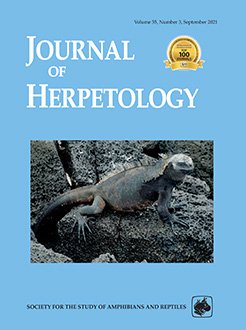Chemical contamination of aquatic environments is widespread, but we have a limited understanding of how contaminants alter critical host–parasite interactions that can influence disease dynamics. We manipulated Northern Leopard Frog (Lithobates pipiens) exposure to pesticides (no pesticides, the insecticide Bacillus thuringiensis israelensis [Bti], or the herbicide atrazine) and trematode-infected (Ribeiroia ondatrae and Echinostoma spp.) snails in outdoor mesocosms. Bti exposure extended host larval period, and atrazine exposure had a nonsignificant trend toward reducing host survival; however, neither pesticide influenced parasite success nor magnified the effects of parasites on their hosts. Parasites negatively influenced tadpole development and, by metamorphosis, parasitized frogs had severe limb deformities and greater mass than unparasitized frogs. The greater mass in parasitized frogs may have resulted from reduced competition between tadpoles and snails for algal resources because parasites decreased snail abundance in mesocosms. Reduced competition between tadpoles and snails may offset the direct negative effects of trematodes on tadpoles, enabling them to survive with high infection intensities. Trematodes may further facilitate their own success by inducing limb deformities that likely increase anuran consumption by definitive hosts. Our results demonstrate how common pesticides and parasites impact amphibians and suggest that, at environmentally relevant concentrations, these pesticides may not dramatically alter host–parasite dynamics.
How to translate text using browser tools
27 July 2021
Effects of Trematode Parasites on Snails and Northern Leopard Frogs (Lithobates pipiens) in Pesticide-Exposed Mesocosm Communities
Miranda Strasburg,
Michelle D. Boone





